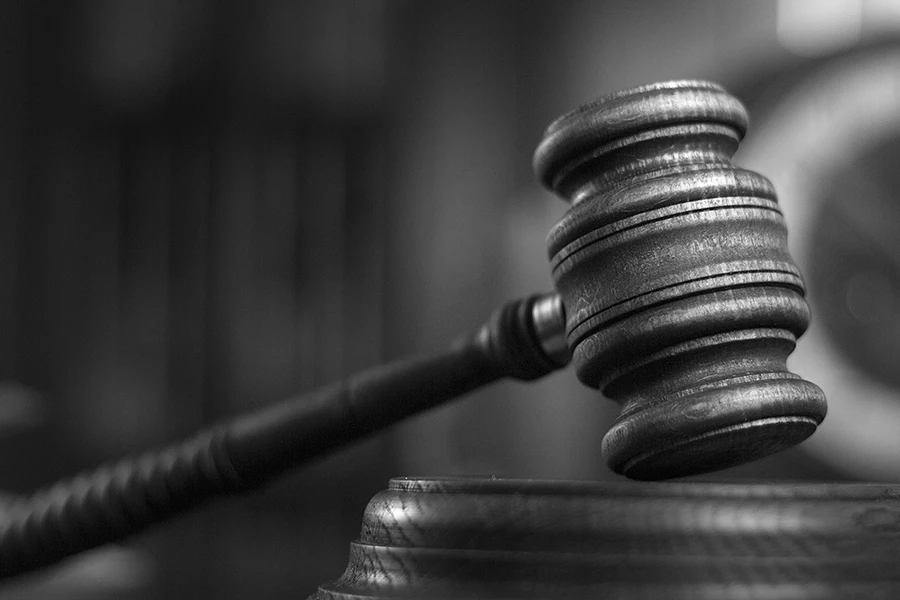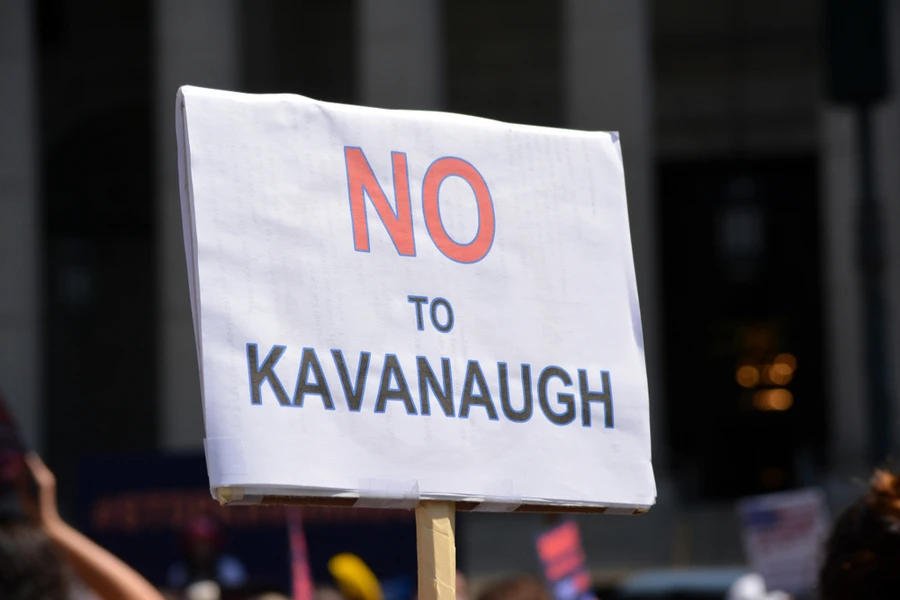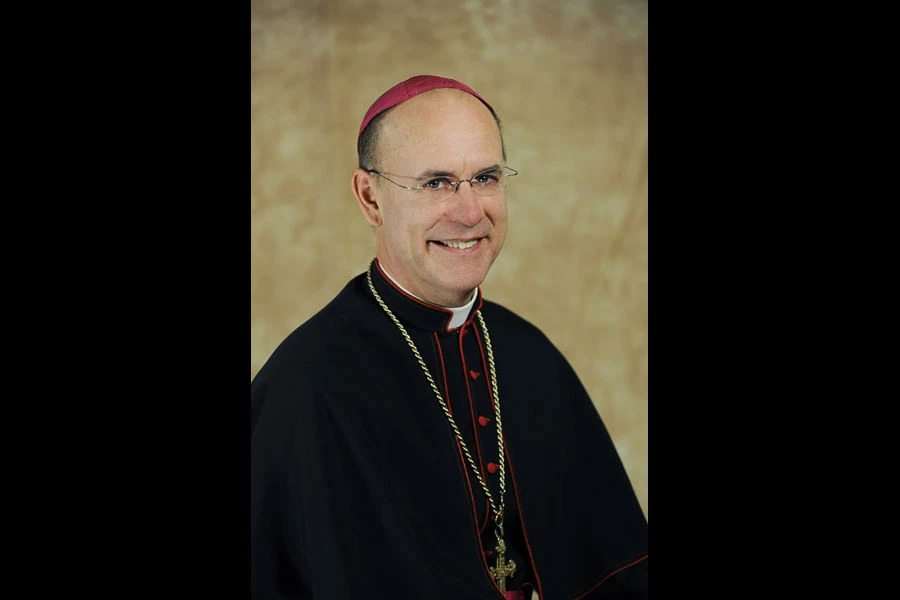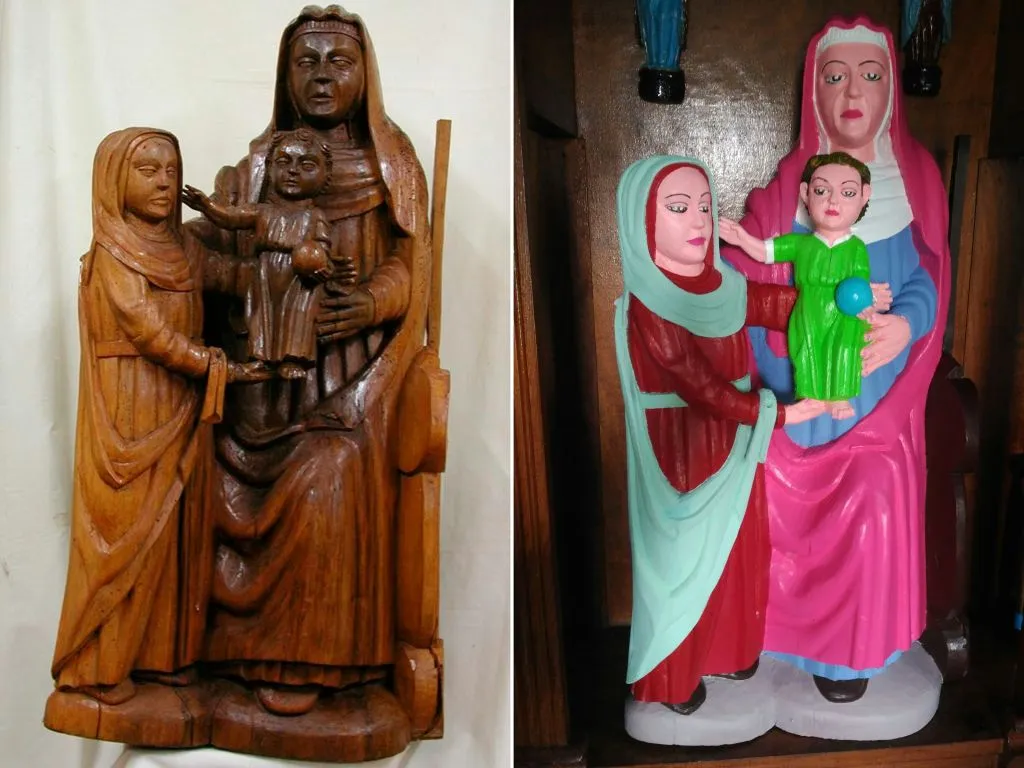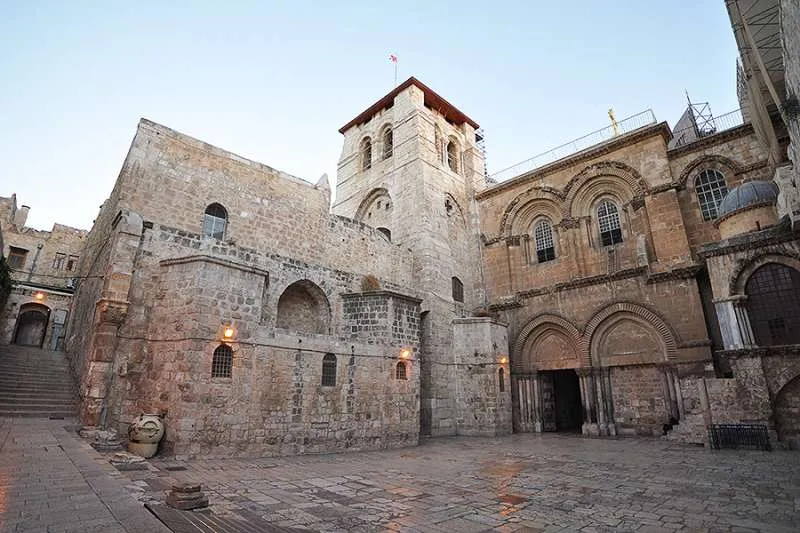
Jerusalem, Sep 10, 2018 / 07:01 pm (CNA/EWTN News).- A religious vocation to serve in the Holy Land is demanding, but there is nothing like walking where Christ walked to strengthen the life of a Christian, the Franciscans of the Holy Land maintain.
Fr. Benjamin Owusu, O.F.M., told CNA he decided to join the Franciscans of the Holy Land out of “a love for the land which received our Lord and a love to serve in this unique place, to meet people from all walks of life.”
“If you really don’t have the passion to be in that place, you will definitely leave, especially in hard times,” Owusu said.
Owusu, who is from Ghana, has been a Franciscan for 20 years. He presently works with the pilgrimage office at the Washington, D.C.-based Franciscan Monastery of the Holy Land in America.
“The holy places have a big draw. It is very powerful,” said Father Athanasius Macora, O.F.M. “When you come here, people are very moved by the experience. It puts the gospel in perspective… It’s a very powerful tool for evangelizing or re-evangelizing Catholics.”
Macora, an American who grew up in a military family, has spent two years in Jordan, three years in Damascus, and the last 20 years in Jerusalem, where he now serves as guardian of the Flagellation Monastery.
The Franciscan Custody of the Holy Land is among the oldest and largest Catholic institutions in the Holy Land. The province was founded by St. Francis of Assisi in 1217, just eight years after he founded the Franciscan order.
The Custody’s primary role is care of the Holy Places and for pilgrims, while the Latin Patriarchate of Jerusalem has pastoral responsibility for Latin-rite Catholics who live in the region.
As of 2016 the Custody had 216 friars. Their main presence is in Israel, but there are also friars in Palestine, Syria, Jordan, Cyprus, and Egypt.
“I have always been fascinated by the Holy Land and it is a very rich and stimulating environment. I have gotten a lot out of it personally. It is very different from the U.S.,” Macora told CNA. “Of course, some periods have been better than others. A few times it has been really hard. There are many positive things about the U.S. that I miss, but I committed myself to being here.”
Macora said he is most struck by the Church of the Holy Sepulchre, built over both the place of the Crucifixion and the tomb in which Christ’s body was buried.
“The Church is the place where the death, burial and Resurrection (of Jesus Christ) took place and therefore it serves as a memorial to the Paschal mystery and the three most important days on the Christian calendar,” Macora said. “I think that Calvary and the Tomb are my favorite parts, but I like it when it is really quiet there.”
Macora has witnessed the Church of the Holy Sepulchre’s impact on pilgrims, like those who “decide to go to confession after 20 or 30 or even 40 years.”
Like many places of Catholic mission, the Holy Land Franciscans are also in need of vocations.
“We do need more brothers,” Macora added. “The shrines need friars because sometimes it gets really busy, and you need to give the guys a rest. A presence is really important in the shrines and that requires a lot of friars.”
Besides accompanying pilgrims and staffing the shrines, Franciscan friars also work in areas like parish ministry and as directors of schools.
“A vocation is from God and so if one feels called to serve here they have to consider it,” Macora said.
For Owusu, knowing the Holy Land and developing a particular attachment to it helps contribute to one’s vocation and desire to serve there.
“Serving in the Holy Land opens one to the reality of the world,” said Owusu, who said this service opens one to others who do not necessarily share one’s faith.
Israel itself is majority Jewish, with a predominantly Muslim Arab Palestinian minority. Many Christians have emigrated in recent decades, and now make up about two percent of the population.
Jerusalem itself is politically contested, with many in the Palestinian Authority hoping to secure East Jerusalem as the capital of an independent Palestinian state.
“It is a place where you meet different people, and different people have different views,” Owusu continued, tying this diversity to the Franciscan mission.
“It has opened me to accepting different people, because we are international,” he said. “You meet a lot of friars, even within our monastery, who come from different backgrounds. It has enriched me more, as far as my Franciscan vision is concerned.”
Macora was 15 years old when his father retired from the military in Texas, and he began exploring a religious vocation a few years later.
“In university I started to have strong feelings about serving the Church, feelings I could not dispel even though I tried,” he said. “So I started to think about where to serve, and the international dimension of the Franciscans and the Holy Land really appealed to me since we grew up in many places because of my father’s military career.”
Owusu said being a Holy Land Franciscan means “there’s always something to learn.”
“You need to learn, first of all, to accept other people,” he said. “You need to learn languages, and languages open you to culture, and culture also brings you that reality of the place. There is a lot to learn.”
“Of course, you don’t have to understand all these things to be a friar,” he added. “What you have, will be developed. What you have as a friar can be developed from there. There is always room to learn more.”
Pilgrimages to the Holy Land have resulted in some vocations. Owusu said one such vocation is a California priest who was drawn by the organ played at the Church of the Holy Sepulchre.
“We have another one who came from France on a pilgrimage. Afterwards he came back, and is now a friar over there,” said the D.C.-based friar.
Macora is also Secretary of the Status Quo Commission of the Custody of the Holy Land. In that role, he takes part in agreements and negotiations among the Churches with claims to the Church of the Holy Sepulchre.
The Status Quo agreement, reached in 1852, concerns the ownership and rights of Catholic and Orthodox Christian communities at important sanctuaries including the Basilica of the Holy Sepulchre, the Basilica of the Nativity in Bethlehem, and the Tomb of the Virgin Mary in Jerusalem.
Macora said the Franciscans of the Custody have a clear mission rooted in their history.
“We have a very specific identity which involves a heavy institutional burden, because we have to run so many projects,” he said. “The institutional part is not seen as very Franciscan by the Franciscans themselves, but we are here for 800 years now and the existence of the shrines and the large institutional Catholic presence is due also to those guys hundreds of years ago, so we just have to keep doing it.”
 […]
[…]






